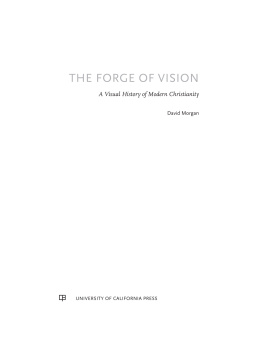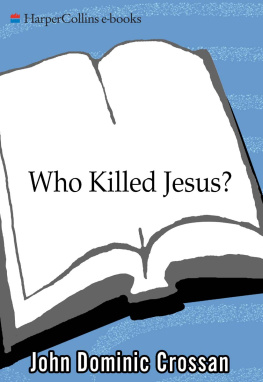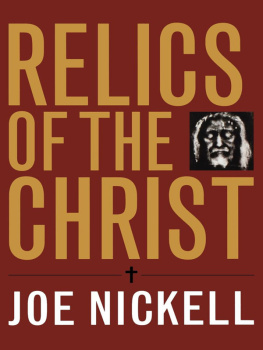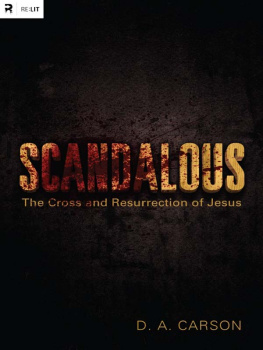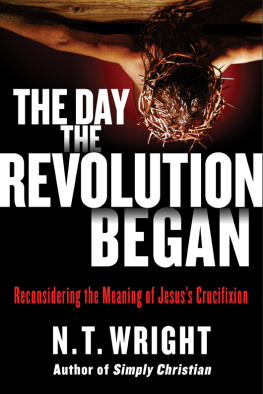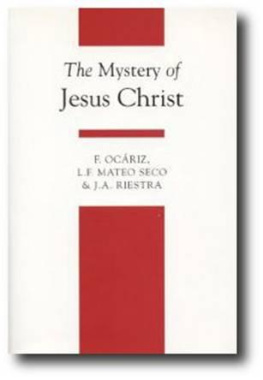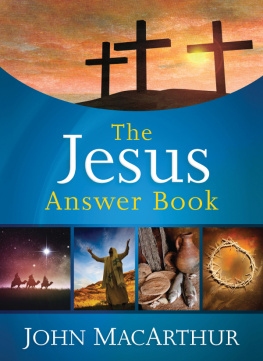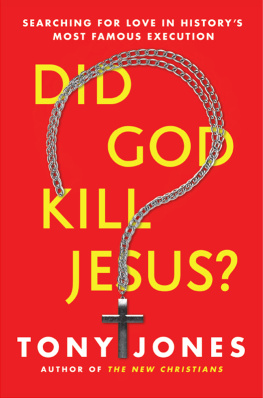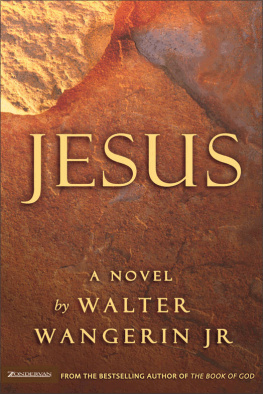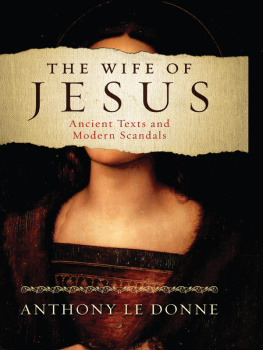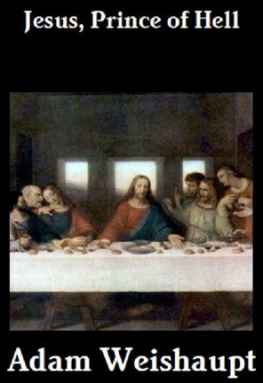KILLING JESUS
KILLING JESUS
The Unknown Conspiracy Behind
the Worlds Most Famous Execution

STEPHEN MANSFIELD
New York Times Best-selling Author

Copyright 2013 by Stephen Mansfield
Published by Worthy Publishing, a division of Worthy Media, Inc., 134 Franklin Road, Suite 200, Brentwood, Tennessee 37027.
Audio distributed through Brilliance Audio; visit brillianceaudio.com
Library of Congress Control Number: 2013931705
All rights reserved. No portion of this book may be reproduced, stored in a retrieval system, or transmitted in any form or by any meanselectronic, mechanical, photocopy, recording, scanning, or otherexcept for brief quotations in critical reviews or articles, without the prior written permission of the publisher.
Unless otherwise noted, Scripture quotations are taken from the Holy Bible, New International Version, NIV. Copyright 1973, 1978, 1984, 2011 byBiblica, Inc. Used by permission of Zondervan. All rights reserved worldwide.
Scripture quotations marked NRSV are taken from the New Revised Standard Version Bible, copyright 1989 the Division of Christian Education of the National Council of the Churches of Christ in the United States of America. Used by permission. All rights reserved.
Scripture quotations marked Kjv are from the King James Version.
For foreign and subsidiary rights, contact Riggins International Rights Services, Inc., rigginsrights.com
ISBN: 978-1-61795-187-9 (hardcover with jacket)
ISBN: 978-1-61795-233-3 (international edition)
Cover Design: ST8MNT.com
Cover Image: Getty Images
Interior Typesetting: Susan Browne Design
Printed in the United States of America
13 14 15 16 17 LBM 8 7 6 5 4 3 2 1
To
Dr. Harold Paul and Dr. Jerry Horner
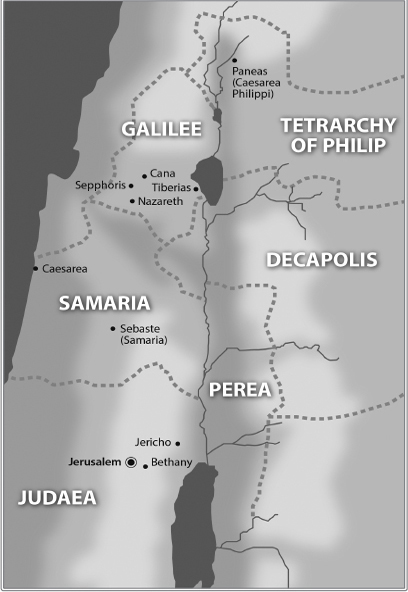
Israel in the Time of Jesus

Jerusalem in the Time of Jesus
PROLOGUE

Jesus Christ was executed at a place so public that the sign explaining his death had to be printed in three languages, at a crossroads so well traveled that most of the people who saw him tortured were merely passing by. This is exactly what the Roman Empire intended: a demeaning, excruciating, public death the living would never forget. The revolting facts should not be obscured by a more pleasant tale. The stark, unsettling truth is that Jesusimpaled by Caesars menspent six hours gasping wide-eyed for breath while snarling, bitter crowds urged him to get on with the business of dying and soldiers ignored him to gamble for his clothes. It was savage, agonizing and exposed. Just as the empire intended.
The murder of Jesus, described in all its brutality and gore, stunned me when I first heard of it. I can remember the emotion on my professors face as he recounted it in detail, how his words formed an image in my mind as though from a painters brush. It stirred me, changed me. Even so, with the passing of years, I admit I allowed the image to fade. I could summon it in its lesser form as a religious duty, but the violent, nauseating version could not be made to stay.
Gratefully, that more haunting form returned to me as I wrote this book. This led to a crisis. The execution of Jesus began to live so vividly in my mind that it no longer seemed fitting to write about it in my cozy office of leather and brass. When I tried, I felt disrespectful, even defiantas though I was smacking gum and checking e-mails at the funeral of a fallen soldier.
I had always written in cool, dim, quiet rooms, the outer world kept away. This was what I thought I needed to put words on the page. I started this book in just such a place. It didnt work. Try as I might to summon it, the story did not live in leathery isolation, would not reveal itself when I worked in self-important solitude. I gradually understood that this book was different. I could not seal myself offever the introvert, ever drawn to the lone and the quietand do justice to the sadistically public trial and torture of Jesus Christ. Realizing this, I knew what I had to do. I had to write about the killing of Jesus in the types of places where it occurred two millennia ago: in teeming, noisy, public places.
This is largely what I have done. Though I have completed the research where I had towherever scholars offered to meet me or essential volumes came to restI have written much of this work in the presence of distracted, hurried, uncaring crowds.
My desks were curbsides, park benches, lunch counters, caf tables, subway seats, the concrete rims of city fountains, trash cans, car tops, and even parking meters. I have written at Hollywood premieres and in the middle of political protests, at National Football League training camps and at a packed restaurant with the man at the table next to me screaming something about dessert. Oddly, I wrote a paragraph or two within three feet of the Prime Minister of Israel. I wrote one urgent sentence in a crowded airport mens room: I thought the words might leave me if I waited. I even typed away bleary-eyed on a crammed, un-restful overnight flight from Tel Aviv, the dust of the Mount of Olives still on my shoes.
I arrived at most of these places in the natural course of my travels. There were some locations, though, I had to include no matter how far out of my way they were. For surely understandable reasons, I wanted to write some of this in a cemetery. The privilege of living in Washington, DC, allowed me to write at Arlington National Cemetery, but this came after I had already worked in an ancient hillside cemetery just beyond the walls of Jerusalem. Some of this story demanded to be written in the presence of armed men and imposing fortresses. The United States Pentagon, where I managed to write some lines before giving a speech, served quite well. So did the lunch table of an Israel Defense Forces (IDF) squad near the Citadel of David. To make the experience complete, I had to write in markets, courthouses, and cathedrals. I did. For this last need, Washingtons National Cathedral, St. Annes near Jerusalems Lions Gate, and the magnificent Christ Church Cathedral in Nashville, Tennessee, were gracious hosts.
In time, where I wrote became less important than the souls that surrounded me. I wanted to be where people rushed about, the burdens of the world upon their minds. I found no shortage of such places. An example is my beloved Union Station in Washington. I wrote there by the hour as though transportedthe tribes of humanity rushing by and life-size statues of Romes Praetorian Guard peering down. It was magnificentand oppressivejust as Rome intended.
In all of this, I was not in search of inspiration. That came from the biblical accounts and from the theologians and historians I consulted. Instead, I was looking for gravity. To write of a bloody conspiracy surrounded only by books or the stifling silence of libraries is to risk sanitizing, floating above the human nastiness and carnage like a tourist in a foreign country trying not to soil his clothes. I didnt want to pass by unharmed, unmarked. I wanted to feel the threat. I wanted the bruising masses around me to grind me into the storys grit.


